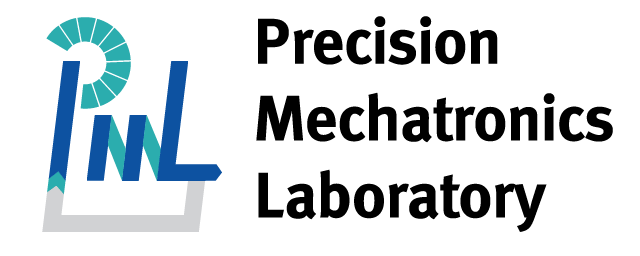Opto-Active isolation SYStem (OASYS)
In 1916, Albert Einstein predicted the existence of gravitational waves. According to his general theory of relativity, these waves are produced by strong astronomical events, like the coalescence of black holes, and propagate in all directions in the universe. Since half a century ago, several instruments have been developed in order to measure these waves. The most sensitive instruments are long Michelson interferometers, operating in the US (LIGO) and in Europe (Virgo and Geo600). Figures 1 shows a picture of the LIGO Livingston observatory.

Fig 1. Picture of LIGO Livingston.
Despite their extreme sensitivity, the direct detection of these wave remained impossible for a century, due to their small amplitudes. In 2015, Advanced LIGO became the first of a significantly more sensitive network of advanced detectors to begin observations. A century after the fundamental predictions of Einstein and Schwarzschild, the first direct detection of gravitational waves and the first direct observation of a binary black hole system merging to form a single black hole have been reported in [1]. These gravitational waves were detected on September 14, 2015 at 5:51 a.m. Eastern Daylight Time (09:51 UTC) by both of the twin Laser Interferometer Gravitational-wave Observatory (LIGO) detectors, located in Livingston, Louisiana, and in Hanford, Washington, USA. Based on the observed signals, LIGO scientists estimate that the black holes for this event were about 29 and 36 times the mass of the sun, and the event took place 1.3 billion years ago. About 3 times the mass of the sun was converted into gravitational waves in a fraction of a second—with a peak power output about 50 times that of the whole visible universe. By looking at the time of arrival of the signals—the detector in Livingston recorded the event 7 milliseconds before the detector in Hanford—scientists can say that the source was located in the Southern Hemisphere. Since this first detection, LIGO has continued to detect new events. Moreover, in 2017, Virgo has become fully operational and has joined the LIGO observation run. Consequently, in August 2017, a first event has been detected by the three sensors [2]. This triple detection allows to have a finer location of the event origin. A few days after this first common detection, the enthusiasm grows even more after the first detection of a gravitational wave caused by the merging of two neutron stars [3]. More information about LSC and Virgo activities can be found in these publications.
Encouraged by these wonderful results, LSC and Virgo teams are conducting research towards preparing the next generations of these instruments. At PML we are working on:
- The stability of large structures supporting the test masses [4]
- Control techniques for high performance seismic isolation [5]
- The development of optical inertial sensor for vertical [6,7] and horizontal motion
By addressing these different topics, we want to achieve the required level of stability in the sub-Hz domain.
Related publications
[1] ABBOTT B. P., ABBOTT R., et al. Observation of Gravitational Waves from a Binary Black Hole Merger. Physical review letters vol.116, 061102, 2016.
[2] ABBOTT, B. P., et al. GW170814: A three-detector observation of gravitational waves from a binary black hole coalescence. Physical review letters 119.14 (2017): 141101.
[3] ABBOTT, B. P., et al. GW170817: observation of gravitational waves from a binary neutron star inspiral. Physical Review Letters 119.16 (2017): 161101
[4] TSHILUMBA D., NUTTALL L., MAC DONALD T., MITTELMANN R., LANTZ B., MATICHARD F., COLLETTE C., Vibration analysis and control of the LIGO observatories large chambers and support piers, proceedings of the ISMA conference, September 2014, (Leuven, Belgium). [PDF]
[5] COLLETTE C. and MATICHARD F., Sensor fusion methods for high performance active vibration isolation systems, Journal of sound and vibration, 2015, vol.342, 1-21. [PDF]
[6] COLLETTE C., NASSIF F., AMAR J., DEPOUHON C. and GORZA S.-P., Prototype of interferometric absolute motion sensor, Sensors and Actuators A: Physical, 2015, vol.224, 72-77. [PDF]
[7] WATCHI J., DING B., MATICHARD F., COLLETTE C., Development of a high-resolution optical inertial sensor for sub-Hz seismic isolation, ISMA conference, September 2016 (Leuven, Belgium).



